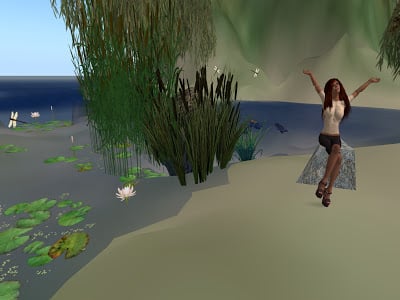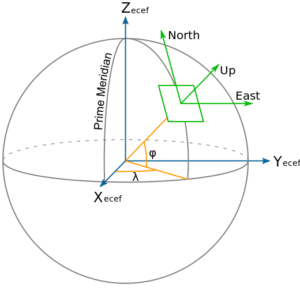


are for axes in graphic depictions as legacy tools.
No, really, I am not cheating for the A to Z of Legacy in the A to Z Blogging Challenge. I could have written three different posts about each axis in a three dimensional graph or cubic structure, but it really makes more sense to discuss them together.
There are conventions in the labeling of graphs and axes.
This is becoming important as individual publishing and printing are both moving into 3 dimensional depictions and products.
My first awareness of this trend was when I was actively involved in a virtual world.

I cannot find my images of the Women’s History Walk that was adjacent to the “place” this image was captured. Digital storage is not without drawbacks. But the point is that there was a 3D representation of some major players and events in woman’s history depicted with 3D graphics in which you could walk around displays of, and through rooms filled with images, books, and statues depicting women such as Sojourner Truth and Elizabeth Cady Stanton.
Shortly after this I learned about 3D printing which some people in the know, such as Jeremy Rifkin refer to as a third industrial revolution.
In the not too distant future, holo-decks and replicators (per Star Trek) will be the stuff of reality. Spreadsheets will give way to three dimensional, cubic graphs.
If you are used to thinking of fixed geological points on a globe you have used 3D mapping whether you thought of it that way or not.

I do not want to insult the intelligence of the reader, so I included the above descriptions of 3 dimensional mapping. The following You Tube video goes beyond simple x, y, and z axes but the last portion of the short video does well at explaining 3 dimensions and moving through them in a straight-forward manner.
Most of us will not need to put this information to use in legacy building, but we will need to be able to think about representing things in 3D spaces as books and images take on additional dimensionality.
So far I have been talking about actual replicas of items. But information can also be mapped into non-representational three-dimensional x y z grids. For example, number of children, geographic location, and census date could be mapped to show patterns of occurrence. Axes need not be only length, width, and height.
Leave a Reply